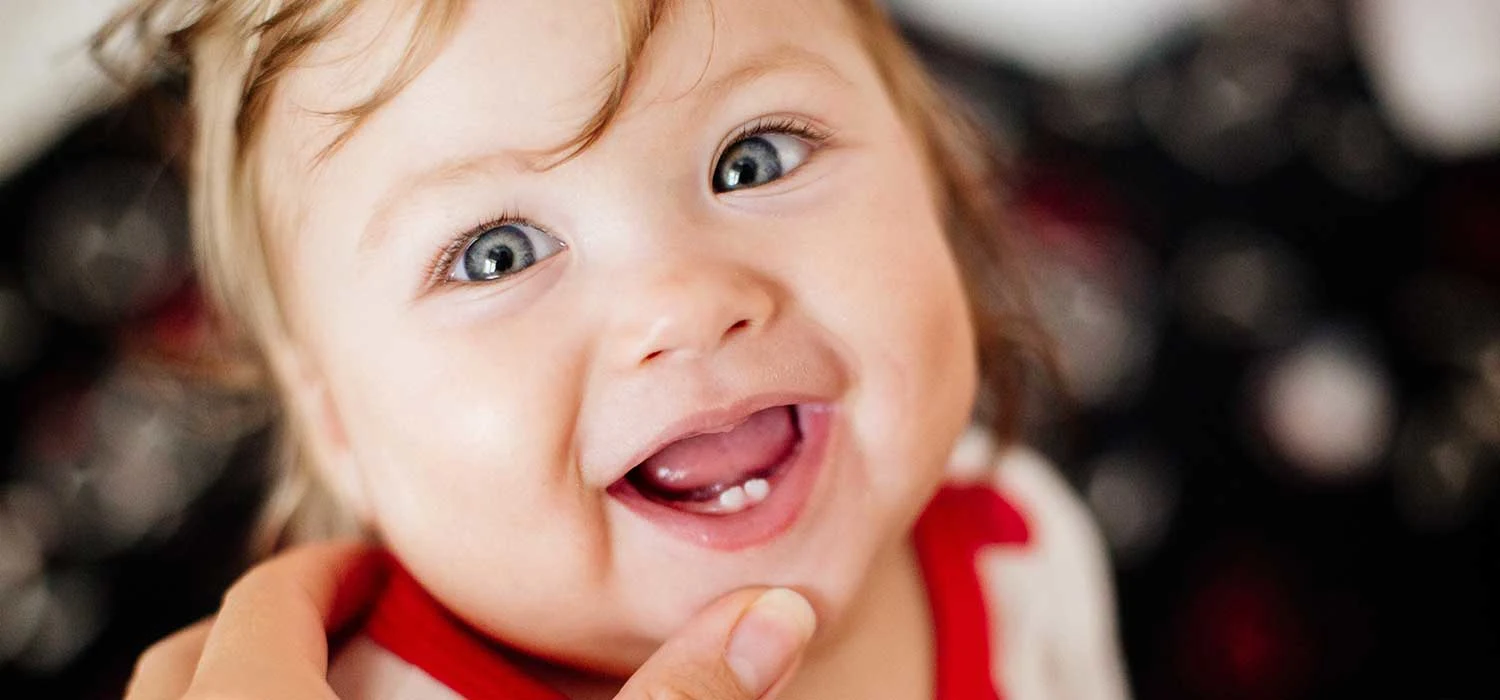
Baby Gums Before Teeth Erupt: Signs and How to Care for Them

This blog has been reviewed and approved by Dr Robert Lee, a dental professional of 35 years
Table of Contents
Key Takeaways
- Baby’s gums are more tender, red, and swollen as they begin to teethe.
- Gently wipe your baby’s gums with a damp washcloth or clean with an extra-soft bristled baby toothbrush.
- Soothe teething baby gums with a chilled pacifier, teether, or cold water.